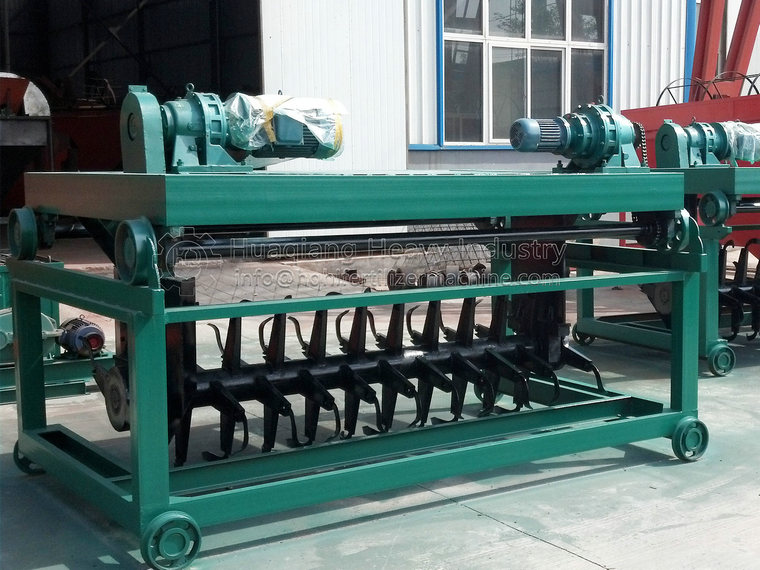Organic fertilizer is a kind of fertilizer containing organic matter, which can not only provide various organic and inorganic nutrients for crops, but also fertilize soil. Rich in a large number of beneficial substances, including: a variety of organic acids, peptides and rich nutrient elements including nitrogen, phosphorus, potassium, is the production of green food fertilizer.
Due to the size of small farms, it is also recommended that small farms produce organic manure containing 30-40% water. The difference from the family farm is the method of composting. It is recommended to use active (forced) ventilation for small pig farms to compost. The main feature of this composting method is that the perforated ventilation pipe is placed under the pile, and then the air is actively transferred into the pile by the ventilator. This method also doesn’t require flipping, but the oxygen concentration in the pile is better than static composting, so composting is relatively faster..jpg)
Configuration of small pig manure organic fertilizer equipment: The configuration of small pig manure organic fertilizer equipment only requires shredders, mixers, granulators, screening machines and packaging machines to complete the production. Small organic fertilizer equipment configuration belongs to low and medium configuration, whether it is capital investment or personnel configuration, in general, small organic fertilizer equipment is acceptable to ordinary processors, and the quality of organic fertilizer equipment configuration directly affects the level of efficiency. Therefore, we choose small organic fertilizer equipment, not blind choice, must choose a good small organic fertilizer production line configuration.
.jpg)

.jpg)
.jpg)

.jpg)
.jpg)
